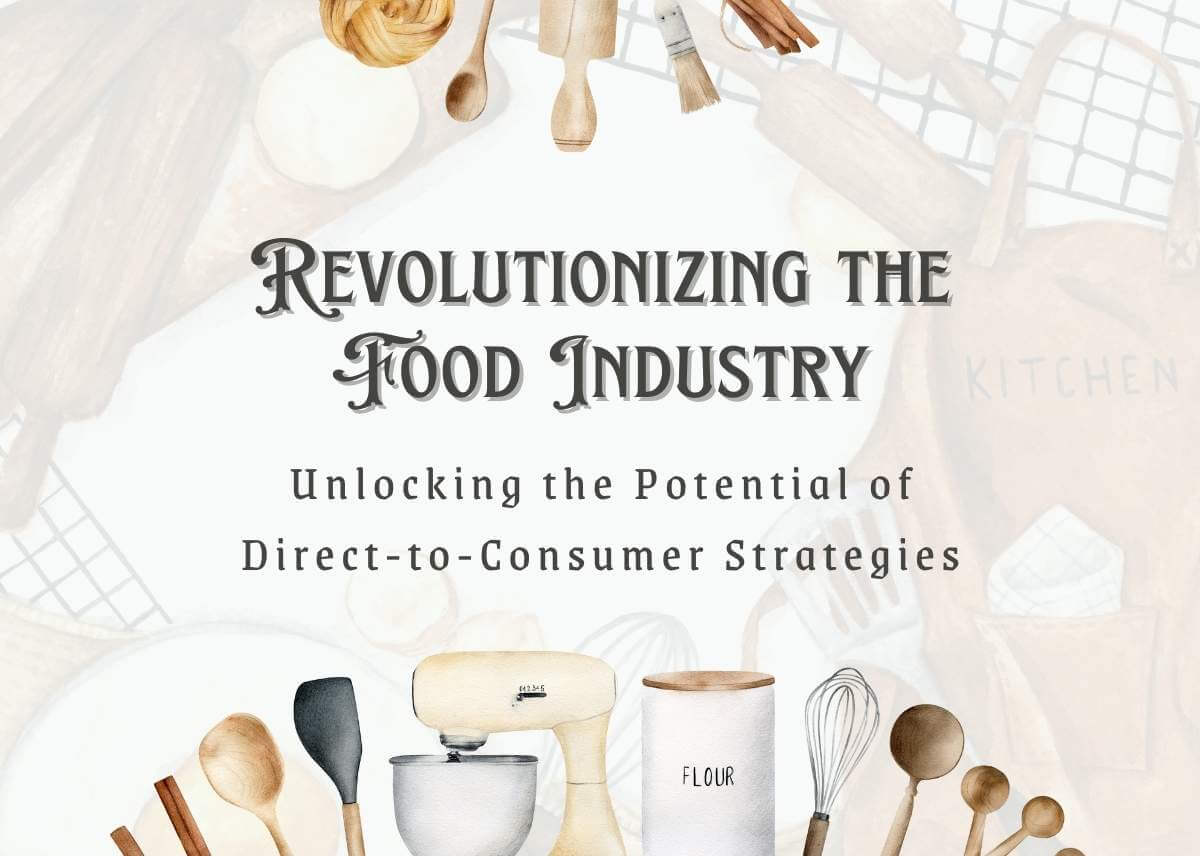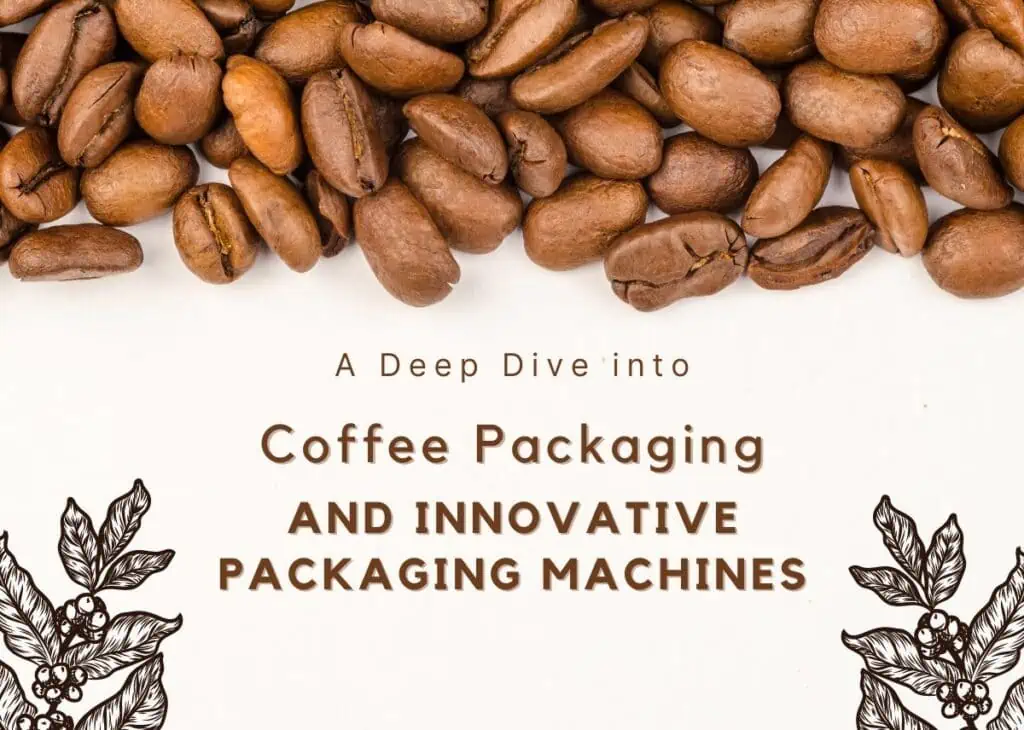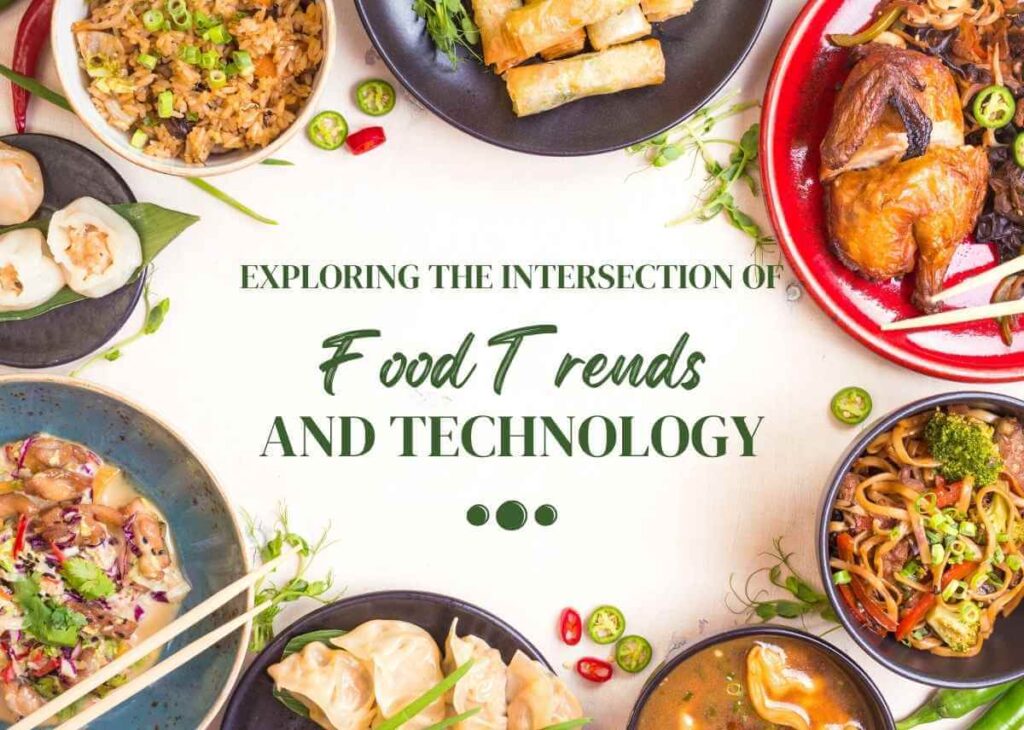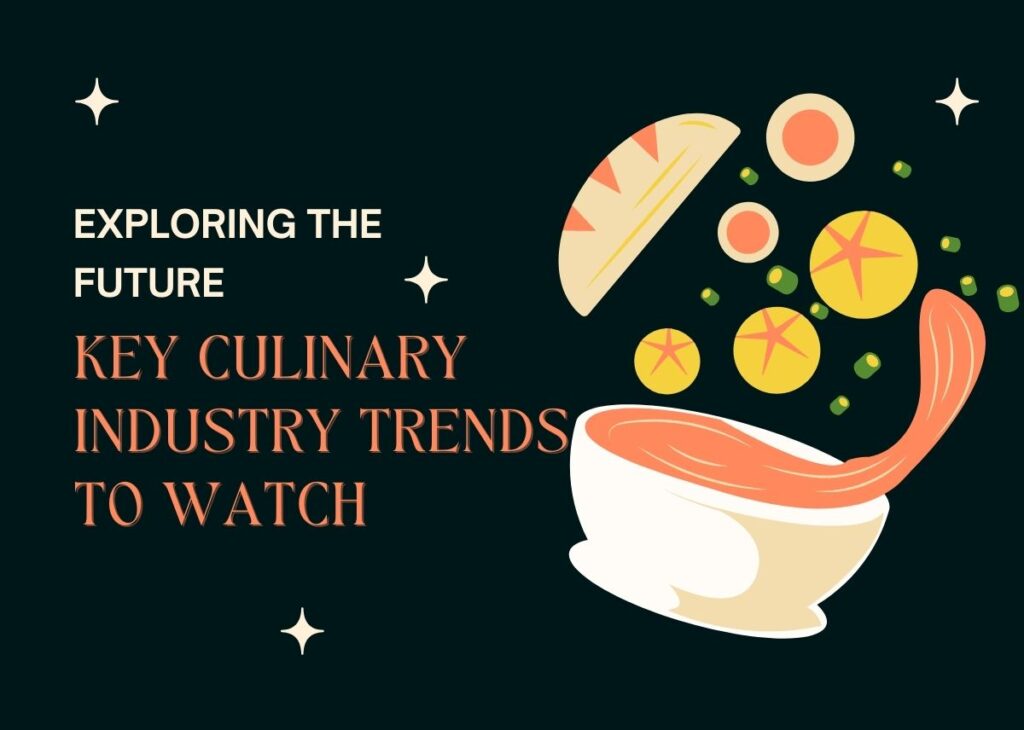Revolutionizing the Food Industry: Unlocking the Potential of Direct-to-Consumer Strategies

One of the new and rapidly growing trends in the B2C sector is the so-called direct-to-consumer (D2C) model. In the globalised and rapidly advancing technological society where consumers are spoiled for choice and experience is king, this model has found its place in providing value to the end consumer in the food and consumer products industry.
Table of Contents
This article focuses on the D2C model, the advantages, approaches, and cases of its application, and reveals new trends in the consumer market.
Exploring the Business Model of D2C Companies
The direct-to-consumer model is the concept where brands cut out middlemen and sell their products to consumers. This approach increases the level of control over the branding and customer interaction, as well as the collection of data which, in turn, is in the hands of companies.
Elements of the D2C Model
- Direct Relationship: Businesses engage the customers directly hence better control of the brand.
- Data-Driven Insights: Customer data enables brands to target their customers appropriately in terms of product and promotional campaigns.
- Cost Efficiency: Through direct selling, companies avoid the expenses associated with distributors and retailers.
Direct-to-Consumer Examples
Dollar Shave Club
The brand changed the way of shaving by selling cheap but good quality razors with delivery through subscription.
Warby Parker
Warby Parker cut out the middleman and offered stylish glasses at a cheaper price using the internet.
HelloFresh
In the food industry, HelloFresh goes straight to the consumer’s doorstep, satisfying their need for convenient and diverse food options.
The above examples show that D2C strategy can be applied to various industries across food and consumer product sectors.
Why Does the D2C Model Work for Food and Consumer Products?
The food and consumer industry is undergoing a significant transformation, with the D2C model offering numerous advantages:
Improved Customer Relations
Thus, the direct communication with customers allows brands to provide unique services, for instance, individual diets or individual items.
Transparency and Trust
Customers require clear information about the origin of all the used components and the manufacturing and/or ecological policies. Such expectations are possible to meet by using the D2C model.
Agile Operations
It also means that brands can easily jump into the market by reducing the number of intermediaries so that they can easily adjust to the market demands.
Building Brand Identity
It enables one to create a clear and unique voice with a good and captivating story which helps to create a better relationship with the intended audience.
Also Read: 7 Proven Strategies On How to Market Your Beverage Brand
Starting up a D2C Business in the Food and Consumer Products Industry
To succeed in the competitive D2C landscape, businesses must adopt innovative strategies:
Leverage Technology
Use good and sound e-commerce solutions, mobile applications and good CRM solutions to enhance operations.
Prioritize Packaging
This article agrees with the statement that packaging’s role in business is crucial. Choose branded packaging which at the same time is practical and eco-friendly.
Consumer Engagement
Social media is the best way to create a community around your brand. Engage customers through live cooking demonstrations or take them around the kitchen on a guided tour.
Offer Subscription Services
It makes the customer stick to the business and rely on the business for continuous delivery of value and easy access.
Go Green
Eco-friendly packaging and environmentally friendly materials are always popular with the modern consumer. Make sure that your environmentally friendly packaging is reflected in your marketing campaigns.
Consumer Industry Trends as Forces Shaping the D2C Industry
The D2C approach is based on the ability to respond to new consumer behaviors and preferences. Key trends include:
Sustainability Focus
The modern customer is also more aware of the need for environmentally friendly solutions both in terms of purchasing raw materials and minimizing the use of plastic. By integrating sustainability with D2C Brands businesses attract environmentally conscious customers, and build a strong reputation.
Health and Wellness
Healthy, organic, and minimally processed food products are the ones currently promoting the D2C segment.
Tech-Driven Experiences
AI and ML make customer journeys personal. Consumers benefit from AR in that it improves the product discovery and interaction processes.
Local Sourcing
Currently, brands are taking advantage of the local movement by sourcing ingredients from local farms and communities.
Major Problems Affecting the Development of the D2C Brands
The D2C business model offers immense opportunities but comes with its share of challenges:
Logistics and Delivery
Challenge: The delivery of perishable goods on time.
Solution: Choose trustworthy logistic suppliers and incorporate the use of cold chain solutions.
Customer Acquisition Costs
Challenge: Large costs involved with marketing a product to the patrons.
Solution: Organic marketing such as content marketing and partnership with key opinion leaders.
Building Trust
Challenge: Building consumer trust in the current market competition.
Solution: Ensure that the company is fully transparent in the procurement process, in the manufacturing process and in dealing with consumers.
Direct to consumer business model
Several companies are revolutionizing the food industry with innovative D2C strategies:
Daily Harvest
Daily Harvest specializes in frozen meals and smoothies, the company has the ability to predict customer preferences based on data.
Graze
This snack brand offers snack boxes that can be personalized and consumers can pick their best snacks from the available list.
Blue Apron
Blue Apron cooks tasty meals from scratch and using its services is suitable for people with no time to spend on cooking.
Place of Packaging in D2C Concept
Packaging is not limited to a container; packaging is a marketing tool that can be used to change a consumer’s mind about making a purchase and improving the customer’s experience.
Reflecting Brand Identity
Brand identity is easily maintained by creating a special packaging design that will enhance the unboxing experience.
Driving Consumer Behavior
Packaging provokes customers to buy products they did not initially plan to buy and makes a great first impression.
Supporting Sustainability
Sustainability in packaging is an effective way of satisfying the needs of customers and building brand identity.
Find out about the role of packaging in business to get more insights about this facet that determines the D2C industry.
Trend Analysis of Future of D2C Food Industry
This model is expected to grow at an exponential rate since more and more food brands are moving to D2C. Technology, sustainability and customer centricity are few more aspects that shall define its further growth. Amidst these trends, the brands that continue to put most of their focus and efforts into customer-centric processes will be ahead of the game.
Also Read: Exploring the Future: Key Culinary Industry Trends to Watch in 2024
Conclusion
The direct selling model is rapidly gaining popularity in the food and consumer products industry by allowing companies to sell their products directly to the consumers. Brands that constantly seek to apply new ideas, prioritize consumers, and think green are more likely to succeed in today’s D2C market.
Starting with inspiring direct-to-consumer examples to practical tips, the D2C model is a powerful tool for companies to revolutionize the client experience. This is the right time for companies to adopt this revolutionary form and start enjoying new ways of growth and success.






